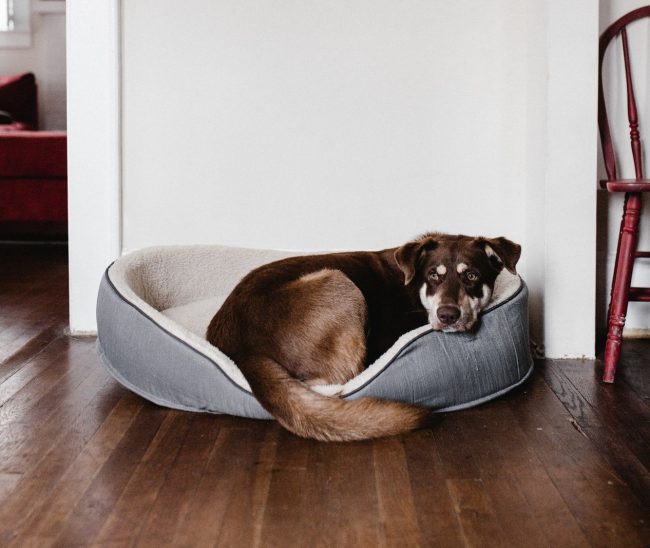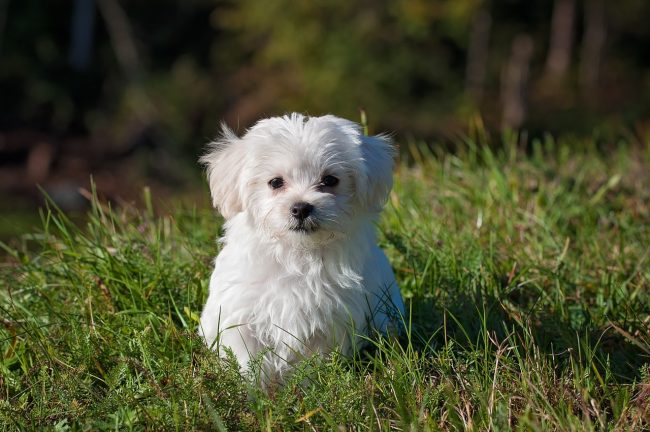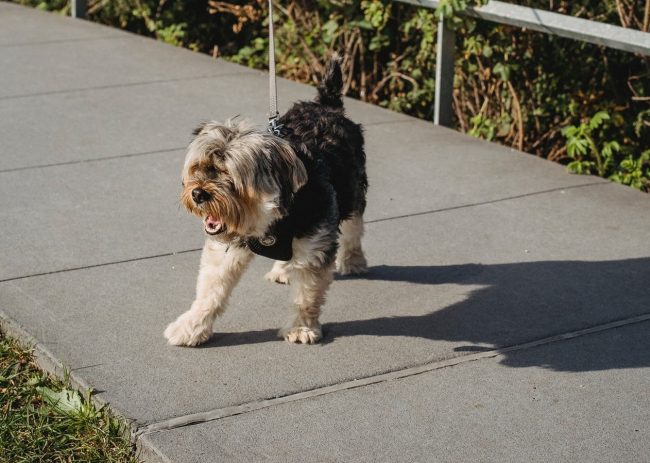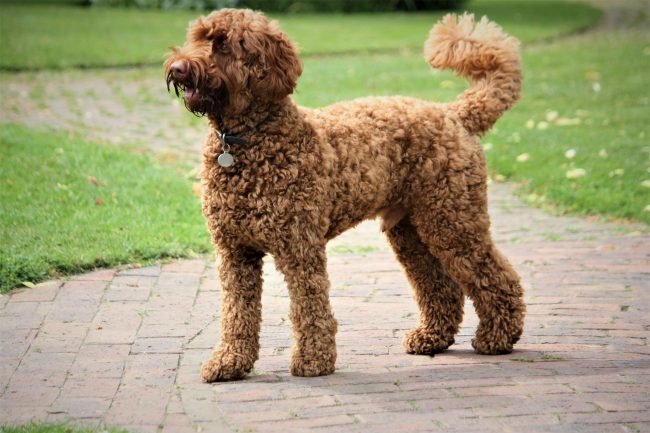By choosing the ideal dog breeds with low separation anxiety from the start, your dog will be quite comfortable being separate, drinking water, walking around the apartment, and studying birds out the window while you’re gone.
Most working and hunting dogs, German Shepherds, Border Collies, and Golden Retrievers are not suited for the life of those who work all day.
Most people make unwise decisions regarding the dog breeds they make for a pet. If you work all day but want to wish to keep the right dog, you need to choose the breed carefully and dedicate your time.
When you are at work, someone is waiting at home because you left him alone without companionship or social interaction. That someone is a social animal that needs your attention.
They’ll become destructive from anxiety or boredom or be barking all day long because of lack of stimulation.
5 Dog Breeds That Can Be Left Alone
Here are some dogs breeds that could stay independent and need low-maintenance and are excellent house dogs.
- Maltese
- Lhasa Apso
- Peekapoo
- French Bulldog
- Labradoodle
Maltese Separation Anxiety
Maltese is a small house dog having traits of mellow. This little slacker is willing to sleep the majority of the day on the back of the sofa while waiting for his or her family to come home.
A Maltese isn’t likely to tear your house up out of boredom and is not expected to need long walks like some dog breeds. He or she will enjoy your company.
They will also need to be brushed carefully every evening because their long hair will mat if not combed.
If you’re not willing to groom yourself, take your dog to the groomer for a “puppy cut” (a short, even haircut) and brush him or her if they’re resting on your lap every evening.
He or she is good with cats. If you are looking for a puppy to keep your cat company through the day, the Maltese is an excellent choice.
Naturally, they’re dogs who cannot imagine life without their people. They are displeased when left alone for extended amounts of time. They can suffer from separation anxiety and also become destructive if necessary, to get a long time. Your dog may start to act unusual when he hooks on that you are about to leave.
Peekapoo Separation Anxiety
Peekapoos are naturally suspicious of strangers, and new houseguest must earn their trust. The Peekapoo should live in a home with air conditioning since he can drop quickly to heat exhaustion. He should not live outdoors or be left unsupervised outside.
A Peekapoo has to be socialized to many different people and stimulation to be the well-rounded and affectionate dog he can easily be.
Proper exercise is a need; expect at least one walk and a fantastic play session in the yard each day. They does not extend his affections to strangers; he is suspicious of them, and they need to earn his trust.
The Peekapoo generally gets along with everyone in his family. He does well with older, more considerate children, and he must be socialized and raised with children to accept them. He works well with other dogs and pets, but he needs to be raised with them and properly socialized again.
Peekapoos are fearless dogs that can be overly protective of their beloved humans. Apart from realizing how much they care about their loved ones, you will have a good laugh when they attempt to defend you from a much larger dog or even human. But don’t let their size fool you. They are excellent watchdogs that will warn you whenever they see or hear something suspicious.
Unlike the other strains on our list, the Peekapoo is the least tolerant when left home alone, but it doesn’t mean he can not adapt to a busy household. Naturally, that requires patience and time, but it will be easier to get a Peekapoo to accept that you need to go to work than for most other breeds.
Lhasa Apso Separation Anxiety
The Lhasa Apso is a dream come true in terms of personality. This little puppy is so sweet and loving, and he is one that is quite affectionate. He’s gentle and patient, though he does have a playful side that comes out from time to time. He is a comfortable dog to train since it’s a breed which listens very well.
The Lhasa Apso is a small dog breeds with low separation anxiety who tends to act a lot larger than they are. You will find a fluffy lap dog. Get to know this breed in detail, and you will see Lhasa Apsos proudly securing their home safe and sound.
When it comes to what breed of dog can be left alone during the day, he or she will probably gently stand guard until you are back — instead of getting bored and tearing things apart as other breeds do.
Lhasa Apso is independent, which means these dogs won’t mind being left alone while you are at work during the day.
Lhasa Apsos are great with children, family, and other dogs. They are sturdy and flexible to do well in almost home size, family type or climate. The Lhasa Apso trains well when a motivational technique utilizes to promotes positive behavior.
Labradoodle Separation Anxiety
Here are some of my tips about dealing with separation anxiety in Labradoodles and methods that greatly helped me throughout the years.
Labradoodles are a lively, energetic species and need lots of training and socialization from an early age. Bad behavior can sometimes be confused for separation anxiety, so it is essential to watch for the signs as both can cause destructive behavior, especially when the Labradoodle is still a puppy.
It is not surprising for a puppy to bond with one person in a household, mainly if there are no other dogs to play with. Symptoms of anxiety can manifest when that person leaves the house or even moves to another room.
Some signs of separation anxiety in Labradoodles are unnecessary barking, self-licking, shivering, and biting off his legs, and frequent urination.
Moreover, the Labradoodles gets along well with children and others. He is not a dog breeds with low separation anxiety; you should worry about being unfavorable.
What Dogs do when you’re Not Home?
Sleep:
The average dog sleeps for approximately 14 hours a day (including at night), but young dogs and elders sleep much more. Dogs will also sleep longer during the day if exercised in the morning.
Examine the home:
There might be new smells in the kitchen, other animals running through the lawn or recognizable objects found in slightly different surroundings. If your dog is lucky enough to have a doggy door, he or she can sit outside and watch the birds or listen to the noise of traffic.
Eat:
Water must always be left out when you are out; not all owners decide to leave out food to their dog. Free feeding choices can result in many problems, including obesity and laziness. A better idea is to leave some toys full of snacks (like peanut butter) and stashed everywhere in the house. After the dog bored, they can walk around and hunt for snacks.
Play:
Your dog will engage with things around the home and find ways to pass their time. They may find a favorite toy or chase another animal household member like a cat or another canine mate.
Watch the house:
Not all animals suited to do this. Some are more likely to wake up and observe any suspicious sound. Others, like the Whippet, may wake up and hide.
What dog has the least separation anxiety?
Other dogs seem anxious or depressed when their guardians are not present at home. Some try to stop their guardians from leaving.
Usually, after a guardian goes, the dog will start barking and displaying other distress behaviors in a short time after being left alone often within minutes. After the guardian returns home, the dog behaves as it’s has been years since he saw his mom or dad!
When treating dog breeds with low separation anxiety, the purpose is to resolve the dog’s underlying anxiety by teaching him to enjoy being left alone or at least tolerate it.
This is accomplished by setting things up so that the dog encounters the situation that begins his anxiety, namely being alone, without experiencing fear or stress.





